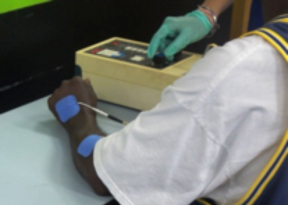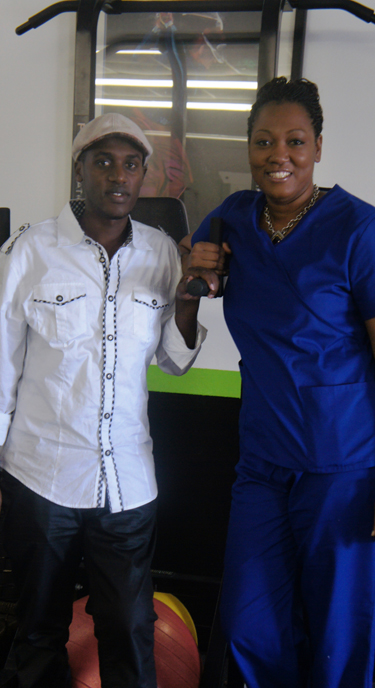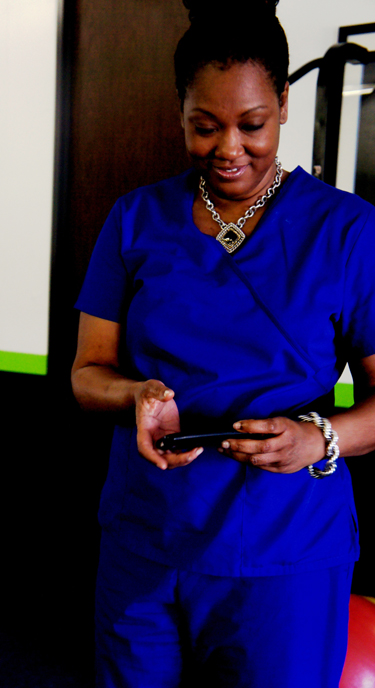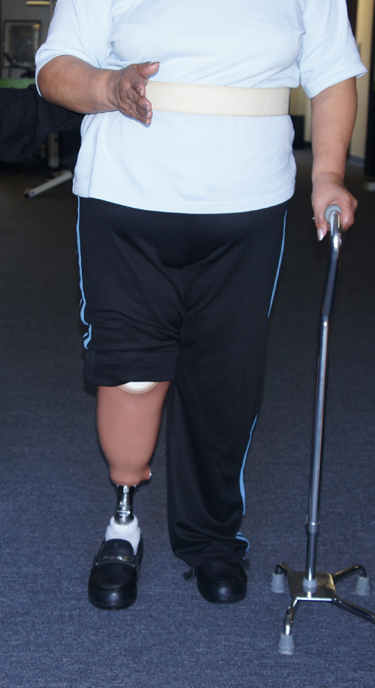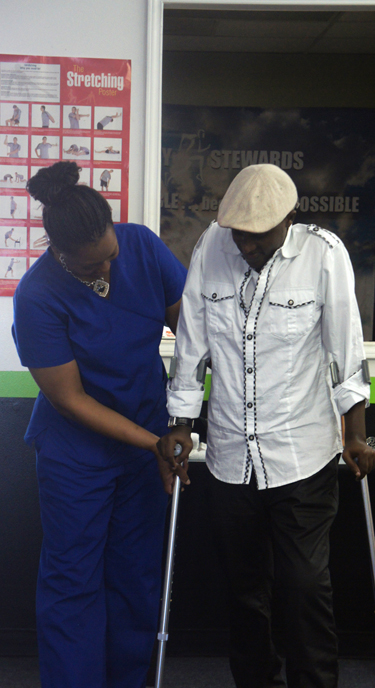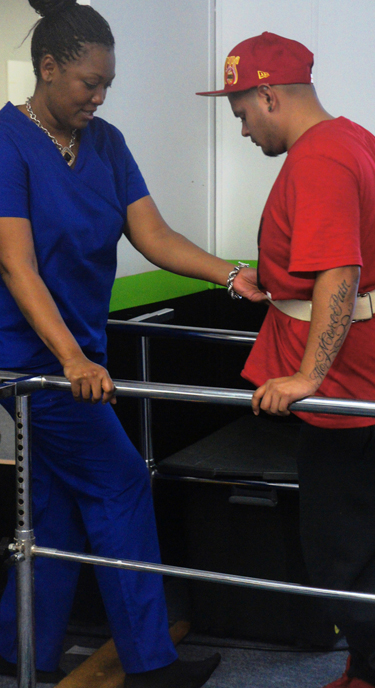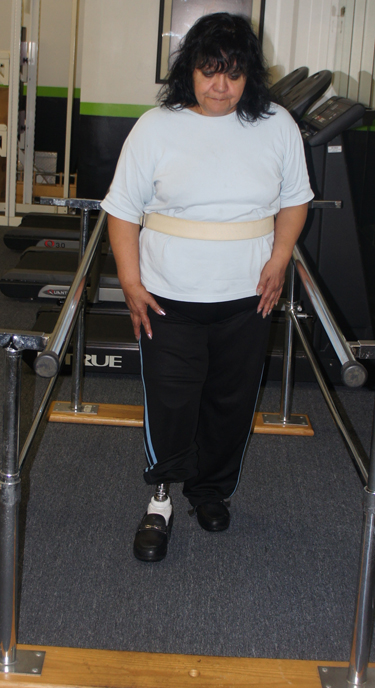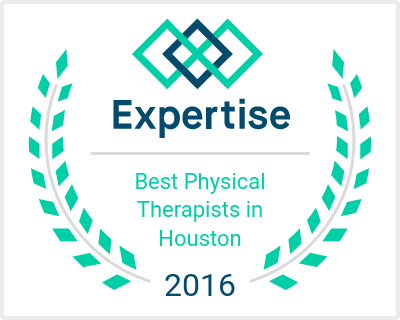Physical Therapy
HealthRite is a unique outpatient physical therapy clinic that offers a variety of treatment methods and options to accommodate patients with a wide range of conditions and disabilities. Every patient is carefully evaluated properly to understand the specifics of their condition, and to enable the physical therapist to determine the best method, or combination of methods, to resolve the specific problems. Physical therapy may be an alternative solution to expensive surgery and in some cases may be required for post surgery recovery.
Physical therapy evaluations and treatments are completed by licensed physical therapists.
There are a number of physical therapy modalities that may be used, depending on the type and severity of the injury, as well as individual medical history. These might include:
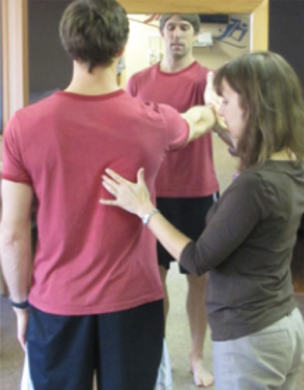
Ultrasound
Ultrasound is the use of common household current converted to an ultrasound wave by the combination of a transformer, transducer head, and oscillating circuit. The crystal in the transducer head creates the piezoelectric effect of the ultrasound wave which allows these waves to penetrate deep into the tissues. This can have many favorable thermal and non-thermal effects.
Interferential Stimulation
Interferential stimulation involves crossing the pathways of two unmodulated sine waves of different frequencies. The interferential resultant current is theoretically produced in a cloverleaf shape on a diagonal between the pathways of the two circuits. The point at which the electrical currents cross will be where the interference is the greatest. Thus, you receive the benefit of the cumulative effects of interfering waveforms.
Electrical Nerve Stimulation - TENS
TENS is the use of stimulation to assist in the management of pain. This unit assists in the closure of the "gate" of pain signal transmission. TENS is given for home use so the patients are able to use when they feel they need it. This can be used for acute as well as chronic conditions.
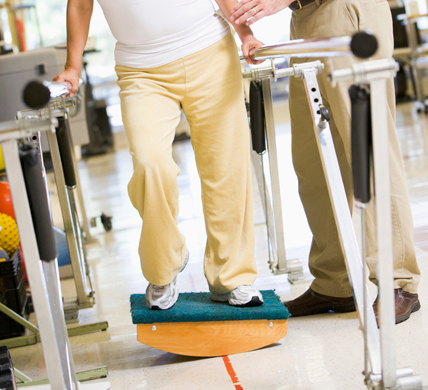
Iontophoresis (IOPP)
IOPP is the use of a direct current to drive medications such as anti-inflammatory steroids and local anesthetics through the skin into underlying tissues. It is indicated for the administration of water soluble corticosteroid as an alternative to hypodermic injection. It is used in situations when it is advisable to avoid the pain that may accompany needle insertion and drug injection; when it is advisable to minimize the infiltration of carrier fluids; to avoid the damage caused by needle insertion when tissue is traumatized.
Soft Tissue Mobilization
Manual therapy/Soft tissue mobilization can help the recovery of stiff, painful or over-tired muscles by: increasing nutrition and oxygen to the tissues; all of which were to eventually speed up the elimination of waste products and temporarily increasing the local blood supply. STM primarily works the muscular system but can be utilized for scar mobilization and deep friction massage of tendons, myofascial tissue, or ligaments. STM techniques are a combination of manual techniques designed to relax, release and stretch soft tissue.
Neuromuscular Re-education
A technique for re-education of balance movement, coordination, kinesthetic sense, posture, and proprioception. This technique uses specific postural or position based exercises and always involves some sort of visual, tactile, auditory, or kinesthetic feedback.
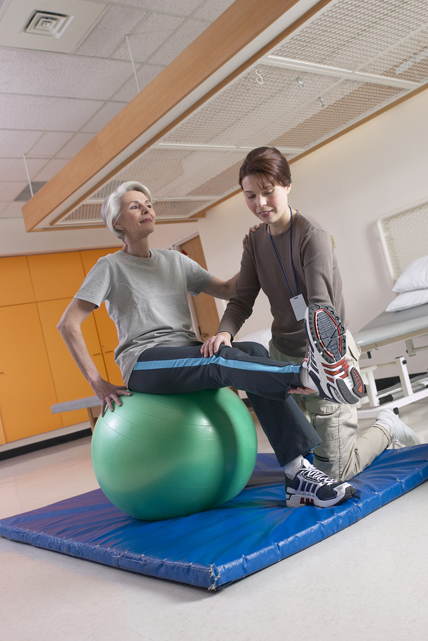
Therapeutic Exercise
rapeutic exercises are prescribed to improve flexibility, increase endurance, aerobic capacity, and strengthening, among other purposes. Strengthening exercise are designed to increase the maximal force that a muscle or muscle group can generate. Strength is affected by several factors, such as: the type of muscle contraction, speed of contraction, cross-sectional size of the muscle, length–tension relationship, and the recruitment of motor units.
Lumbosacral Stabilization
Lumbosacral stabilization exercises involve a co-contraction of anterior and posterior trunk muscles in order to stabilize a neutral spine position. The purpose of stabilizing the spine is, to enable the extremity work to be performed without creating stress on the lumbosacral spine and associated tissues. Upper and Lower extremities are frequently included as these accessory muscles must be developed to work with safe body mechanics. The goal of stabilization is to anchor proximally so the person can move safely in static and dynamic ways.
Common Reasons for Physical Therapy
- Chronic Pain
- General Weakness
- Back and Neck Problems
- Muscle and Joints Pains
- Strains and Sprains
- Brain/ Spinal Cord Injury
- Degenerative Diseases
- General Physical Injuries
*We also specialized in Neuro-muscular Physical Therapy and Manual Therapy*
